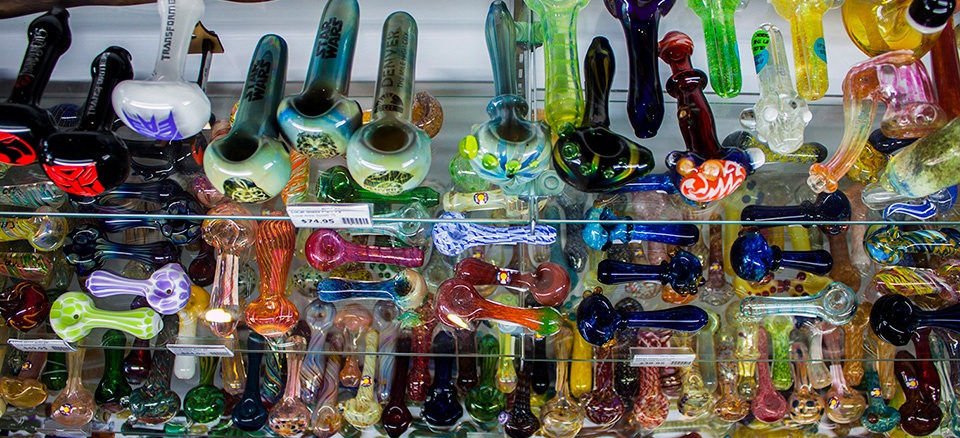
Glass as we know it has been around for hundreds of thousands of years. There is so many things that we do in our day to day lives that wouldn’t be possible without it. For instance, waking up in the morning going into the kitchen, turning on the light, making yourself a cup of coffee and turning on your television to get the daily news while simultaneously checking your phone to see if you missed anything over night. If glass had never been invented this whole scenario would change.
Honestly, you just waking up, or existing at all might not have been possible without glass. Think of a time before windows; wind, debris, germs and other unhealthy elements would easily flow freely through homes increasing people’s chances of getting sick. On top of that, people didn’t necessarily understand what these pathogens were until microscopes were invented that, you got it, exist because of glass.
History of Glass
Alright enough about hypothetical scenarios, you get it, glass is important. But how did it get that way? Glass was initially created the same way many amazing discoveries are, by accident! Although there is some glass that is formed naturally; such as glass that is formed by volcanic eruptions, lightening strikes, and meteorite impact that leads to certain rocks melting at high temperatures, then cooling quickly which allows them to solidify. A majority of the glass we see today is manmade.
The two cultures that mainly contributed for the discovery of glass where the Phoenician sailors that discovered it by accident, when using hot cooking fires on the beach and the Egypt and Mesopotamians who discovered if by trial and error when creating different glazes for their pottery.
By the second century AD, their process had been more perfected, and it started to spread throughout the Middle East. As it became more popular, glass bottles, jugs, beads and amulets became a significant trade item. Once they started creating glass windows the Greeks realized how profitable the recipe for this amazing material was, those who knew how to create it were strictly forbidden from sharing their techniques with any other culture.
Innovation and Mass Production
Despite their secrecy the demand for the product grew and other cultures started creating their own. This created significant completion through Europe and the Middle East which ultimately led to more advancements in glass products themselves and they discovered more uses for the material such as cups, goblets, wine bottles and glass vessels.
Flash forward to the 17th century when an Italian priest, Antonio Neri, published the book L’Arte Vetraria (The Art of Glass) in 1612. This released the glass secrets all around the world and enabled people to discover more and more uses for this material such as mirrors, microscopes, and bi-focals, and later in the 20th century light bulbs.
Today glass is a common household item and no longer the coveted commodity that it once was. The process of creating glass is used and manufactured at a rapid rate, such as beer bottles, dishes, automobiles, light bulbs, and so much more.
When Glass Pipes Were Introduced
It wasn’t until the 1960’s when the glass studio movement began; artists worldwide had the opportunity to not only use glass for its usefulness in household items but to transform this beautiful material into extraordinary works of art.
Around this time, it was discovered that molding glass into the form of a pipe gave a better purer tasting smoke and used less marijuana/tobacco then joints or rolled cigarettes. One of the main contributors to this pipe-making movement was Bob Snodgrass. Snodgrass used his glass blowing skills to create beautiful pieces while following the Grateful Dead on tour. Once him and his apprentice discovered the huge demand for his products they decided to create a glass studio in Eugene, Oregon and massed produced his unique products.
One day while he was creating a dragon pipe, he was placing silver dots around the piece. At that time a piece of the silver came to the point in the flame, and suddenly, on accident, fumed across the side of the dragon face. Annoyed with his error he was almost disgruntled enough not to finish the piece but decided instead to sell the pipe to a good friend of his. About a week later he got an excited call from his friend stating telling him that to her amazement the pipe that was once yellow had now turned blue. Prior to that happy accident the color changing aspect of the pieces we know and love today had not been discovered. Therefore, the birth of Silver Fuming was born and now plays a significant role in glass pipe creation today.
Conclusion
Today, the art of creating beautiful and unique glass pipes and water pipes as turned into a lucrative business that is known for its beauty and innovation. Everyday new and versatile pipes are being created and distributed around the world. As each piece holds artistic and unique characteristic we pride ourselves on finding the type of pipes that you can’t live without. In each one of our shops we carry a huge variety of glass from your basic spoon to your pieces that are so eloquently made you and barely tell it’s a pipe at all. Visit us at any of our locations to find that perfect piece that is just right for you.
